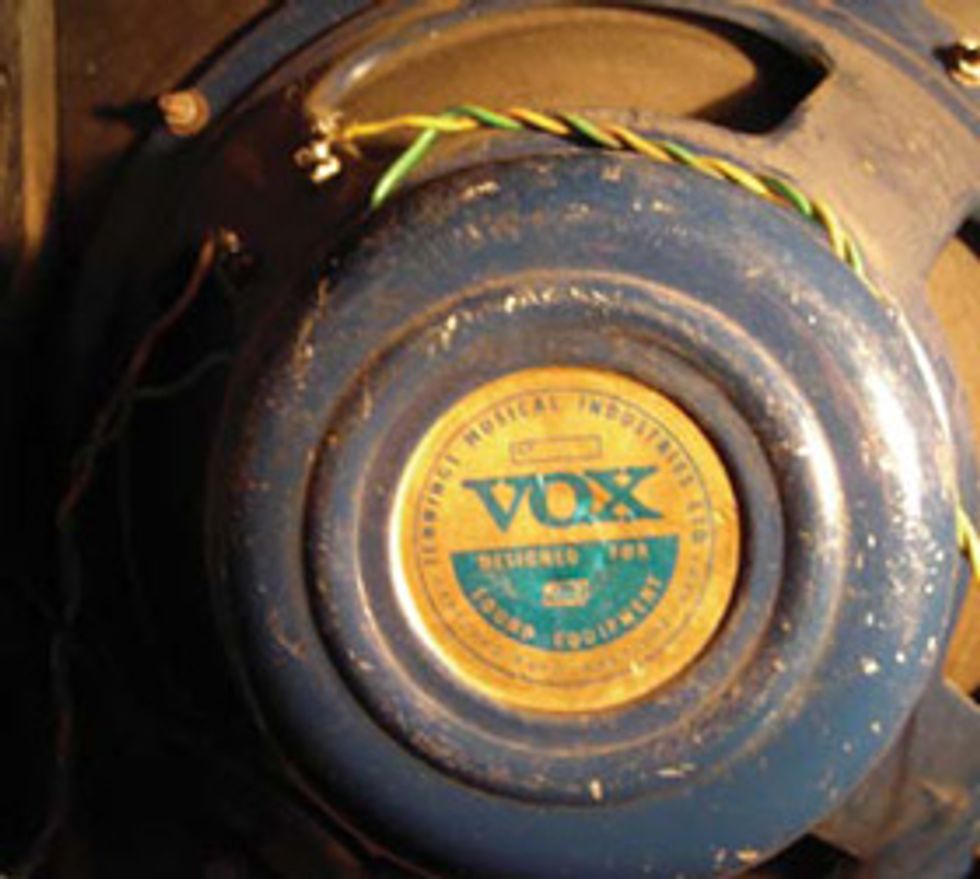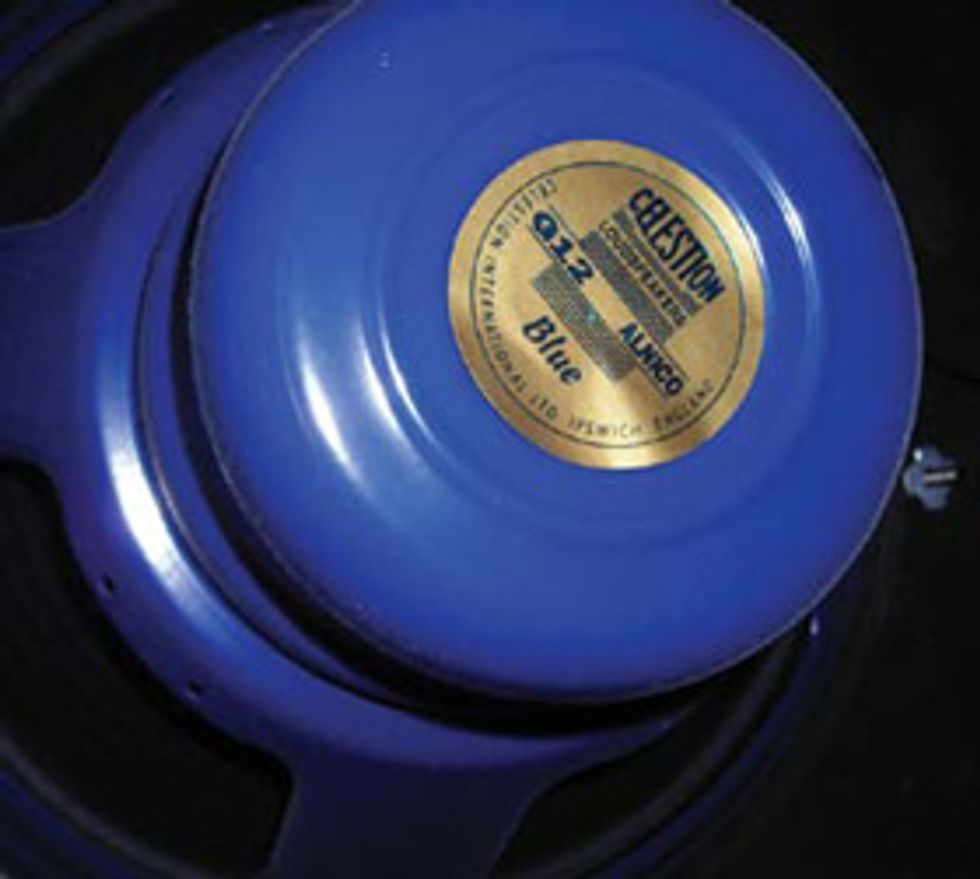Does the length of wood fibers in Celestion Blue original and reissue speaker cones make all the difference?
Welcome to another edition of twisted tales from the tonal crypt! For this month’s installment, I want to look into one of the most important and mysterious parts of what makes your tone so personal. It’s been said that about half of your tone is actually related to which speaker types you use in your amplifiers. I know what you’re thinking: “You said half of your tone?” Just realize that we’re overlooking (for a moment, anyway) a huge chunk of what may lay directly before the speakers in question... guitars, picks, strings, cables, pedals and so on down the chain. Years ago, when Trainwreck Amps guru Ken Fischer was assisting Celestion in the development of their now-celebrated Celestion Alnico Blue reissue speakers, he spent a considerable amount of time trying to pinpoint the key factors that made the original Celestion Blue G12 T530 speaker so indispensible to the production of the British Invasion’s seductive, magical tones.
This collaboration went on for a few years until Ken found his basement shop full of the different versions of the prototype speakers the English manufacturer had sent to him for testing. Ken literally scoured through all the smallest details, comparing his very own original Blues against all the prototypes he’d received during this period of heavy R&D. If you haven’t yet heard the real Celestion Blue speakers in action, the first-time experience is downright staggering. Listening to these speakers work their mojo in the flesh may be one of the most multi-dimensional adventures you’ve ever had. I can only think of half a handful of old speaker brands or types that would even begin to stack up to these things.
 Original Celestion Blue G12 |
As time went on, Ken Fischer was finding the crucial keys to the ever-elusive sound that his original Blues put before his ears. Yes, he did find the proper mix of aluminum, nickel and cobalt magnets that were used way back in the golden age of speaker making. Indeed, he got the basket frames correct as well. Little by little, every detail began to come into focus. Finally, he called Celestion and told them that he couldn’t get it any closer; in his judgment, he had completed his task. I called Ken one day around the time he had concluded his testing for Celestion. In our ensuing conversation, he revealed to me that the biggest difference between the reissue Blue model and the original G12 T530 speaker had come down to just one little detail: the wood pulp fibers used in his original Blue cones were substantially longer—they had been made from taller, first-growth trees!
 Celestion Alnico Blue reissue |
The reissue Blue speakers do take quite a while to break in and loosen up, and Ken believed the higher ratio of glue to wood in the pulp mash was one of the reasons. The new paper cones used in the reissues don’t quite sound as complex as the originals, either.
The 2x12 speaker configuration found in the larger cabinet of this 30-watt amp was very different compared to the more powerful Fender amplifiers of that time—the American amps had more power because of the tubes available in the US—but the original G12 model had a 103 decibel speaker sensitivity rating compared to an average 97 decibel sensitivity rating found in most other speaker models. Don’t ever mistake an original AC30 as a quiet amp! The best way to compare the sounds is by listening to examples of any early- to mid-period Beatles songs (e.g. “I Feel Fine,” “Hey Bulldog,” “Rain,” or “She Said, She Said”) and you’ll hear that magic, chimey top end and woody midrange “honk,” full of musical and complex overtones. Add all this into the mix with that creamy, rich overdrive and you’re pretty much there.
Other fine examples of the classic original AC30 sound include The Moody Blues’ “Ride My Seesaw,” another favorite of mine. I’m pretty sure that song was cut with a Stratrocaster, because you can hear the single-coil pickups underneath the sweet-sounding Marshall SupaFuzz tone Justin Hayward used quite a bit back then. Likely the biggest original Vox AC30 addict is The Edge of U2. It’s hard not to hear one somewhere on any of the U2 albums.
Pulp Fiction or pulp fact, you ask? Listen and decide for yourself! See you next month.
Dean Farley
Dean is the chief designer of "Snake Oil Brand Strings" (sobstrings.net) and has had a profound influence on the trends in the strings of today.

